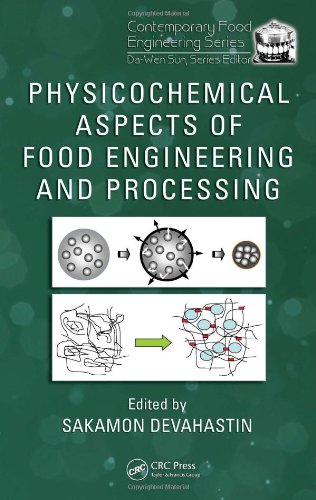

Most ebook files are in PDF format, so you can easily read them using various software such as Foxit Reader or directly on the Google Chrome browser.
Some ebook files are released by publishers in other formats such as .awz, .mobi, .epub, .fb2, etc. You may need to install specific software to read these formats on mobile/PC, such as Calibre.
Please read the tutorial at this link: https://ebookbell.com/faq
We offer FREE conversion to the popular formats you request; however, this may take some time. Therefore, right after payment, please email us, and we will try to provide the service as quickly as possible.
For some exceptional file formats or broken links (if any), please refrain from opening any disputes. Instead, email us first, and we will try to assist within a maximum of 6 hours.
EbookBell Team

0.0
0 reviewsPhysical and chemical interactions between various constituents resulting from processing operations often lead to physical, sensory, and nutritional changes in foods. Combining important information on processing and food quality, Physicochemical Aspects of Food Engineering and Processing describes the effects of various processing technologies on quality changes of different major foods in an integrative manner.
Written by Physicochemical Experts in Food Engineering & Processing
Part I critically reviews the physicochemical property changes of different foods undergoing selected processes, such as microencapsulation, frying, microwave-assisted thermal processing, high-pressure processing, pulsed electric field processing, and freezing. This section also includes a chapter on the effects of various processing technologies on microbial growth and inactivation. Part II focuses on multiphase food systems made of proteins, seafoods, red meats, and pet foods, and the physicochemical changes they undergo when being processed.
Physicochemical Aspects of Food Engineering and Processing covers the engineering, processing, and quality angles equally. It is an extremely useful resource for academic and industrial researchers seeking an up-to-date overview of the increasingly important combination of both sides of food research and development.